A Page From North Quabbin History: First Parish Meeting House
| Published: 10-30-2023 5:00 PM |
By Carla Charter
Among the oral histories preserved through a series of programs at the Warwick Public Library in 2023 was that of the First Parish Church.
“The church has a rich history,” according to George Day, who spoke on the history of the church at a recent presentation at the library.
“In colonial times when towns were formed, it was required to have a building that served as a meeting house for town business as well as a place of worship,” Day explained. “The current structure, the third meeting house, was built in 1836. All three meeting houses were located on the town common. When the need came about, a new one was built and the old one was torn down.”
When the current structure was built, a decision had to made as to whether the raising be wet or dry, meaning whether alcohol would be served to the volunteers or not. The contractor, Chapin Holden, insisted it be dry so no one would be injured. The building in 1836 was like a barn raising, Day stated at the library event. The meeting house was built in two days on Sept. 8 and Sept. 9. After it was completed everyone, went down to the Warwick Inn for a banquet. The original cost to build this meeting house was $1,850, Day said in a documentary shown at the event.
“The First Parish was responsible for most of the maintenance and upkeep, and in the late 1800s when the ‘separation of church and state’ was starting to be implemented, the meeting house part came to an end and the current town hall was built in 1894,” Day said.
Several of the interior items also have a link to the local area, according to the documentary.
“The Barstow Furnace was installed by Frost and Bonds Co. of Athol at the cost of $125. A chandelier was a gift from the Northfield Unitarian Church in 1915,” said Day in the documentary. “In 1921 the parish sold three of their seven acres to Mount Grace Preservation. That money was put toward the purchase of an organ which came from the Unitarian Church of Brattleboro, Vermont.”
Article continues after...
Yesterday's Most Read Articles
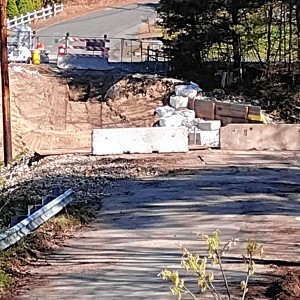 Work on Pinedale Avenue Bridge connecting Athol and Orange to resume
Work on Pinedale Avenue Bridge connecting Athol and Orange to resume
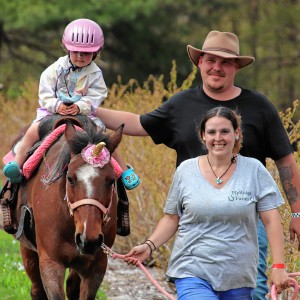 PHOTOS: Enchanted Orchard Renaissance Faire at Red Apple Farm
PHOTOS: Enchanted Orchard Renaissance Faire at Red Apple Farm
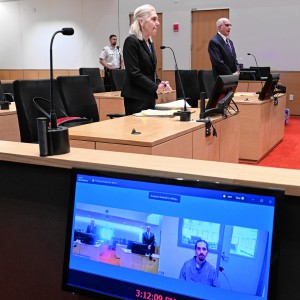 Lawyer argues Joshua Hart’s 2018 conviction for Orange murder had inconsistent verdicts
Lawyer argues Joshua Hart’s 2018 conviction for Orange murder had inconsistent verdicts
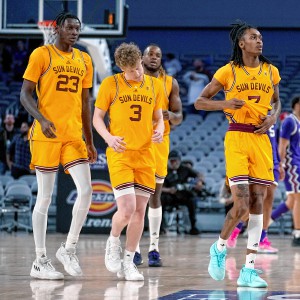 UMass basketball: Minutemen nab another transfer in Arizona State forward Akil Watson
UMass basketball: Minutemen nab another transfer in Arizona State forward Akil Watson
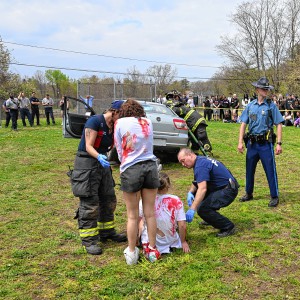 ‘Arrive Alive’ shows Athol High School students the dangers of impaired driving
‘Arrive Alive’ shows Athol High School students the dangers of impaired driving
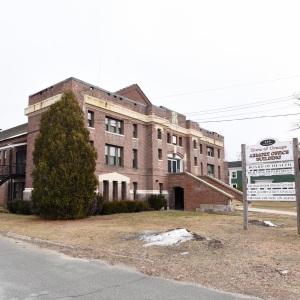 Orange Selectboard declares armory as surplus property
Orange Selectboard declares armory as surplus property
The E. Howard clock, installed in the steeple of the meeting house, was gifted to the town in 1884 by Martha Clapp and her three sisters in memory of their mother, Mary Blake Clapp, a Warwick native. The caretaker of the clock is appointed by the Selectboard. The clock is not electric and instead has to be wound weekly by hand and occasionally oiled. The chime and time sides are operated by weights that are wooden boxes filled with rocks. The time side requires about 48 rotations of the cable drum while the chime side requires over 150 rotations of the drum to wind up the cables, Day explained.
The chiming of the clock, which takes place every hour, can be heard for about a mile around the church and is accomplished by a hammer striking the steeple bell.
“Patricia Johnson, who grew up in town, told me no kid had a wristwatch or cellphone and when the clock struck 5 p.m., it was time to head home for supper, if you went out to play after supper, it was curfew time when the clock struck 9 p.m,” said Day.
“The original clock probably had gold leaf numerals but they faded over time. During the town’s bicentennial in 1963 the numerals were painted with gold paint, but that did not last either. In 1971 Alan Lyman of Lyman signs and I re-lettered the numeral’s hands and minute markings using gold colored plexiglass, to this day the clock remains very readable,” Day stated.
A complete repair of clock was done in 2007-2008, due to a part which broke on the chime side, Day stated.
Day explained in the documentary that he moved to town in 1956 when he was 14 and began attending the church with newly-made friends from the Shepardson and Wetherell families.
“In the 1950s-1960s the Trinitarian Congregational and the Unitarian Church were federated. We attended the Congregational Church in the winter and the Unitarian Church in the summer. I went to funerals and weddings at the church,” Day said. “I served as a limousine driver for two of these weddings as I always had a large four-door sedan. There were many Christmas and Memorial Day services were held here over the years. I have been associated with the building since I came here 67 years ago.”
Day was caretaker of the steeple clock for 50 years from 1967 to 2017, when he retired. Clyde Perkins, Jr. is the current clock caretaker a role appointed by the Selectboard.
The First Parish and Religious Society Meeting House steeple was replaced with a fiberglass steeple in 1987 after a lightning strike caused a fire in 1986. Although the steeple burned, the building itself was saved.
Recently a painting of the church was donated to the First Parish by Mark and Jeannette Fellows of Warwick, who were married in the church in 1985. It was painted by Ellen Miller, an aunt of Mark’s and was gifted to them. The Fellows felt that the painting should remain in Warwick and it is currently on display in the dining area of the Warwick town hall.
The meeting house has had no activity for many years, due to a lack of new members, like a lot of area churches, Day explained.
“The meeting house building houses the town clock and so many wonderful memories,” he added.
The recorded oral history programs were part of a 2023 series held at the Warwick Library. Along with the church, other topics included the Brotherhood of the Spirit Commune, World War II: The Home Front and How it Affected Warwick, Kick Up Yer’ Heels Entertainment in Warwick, MCI Warwick Prison Camp, Bygone Businesses of Warwick, and the Schools of Warwick. The history programs are sponsored by the library and funded through a grant from the Association for Rural and Small Libraries, according to Ivan Ussach, director of the Warwick Free Public Library. These recorded programs can be found at the Warwick Free Public Library’s YouTube channel.
Carla Charter is a freelance writer from Phillipston. Her writing focuses on the history of the North Quabbin area. Contact her at cjfreelancewriter@earthlink.net.

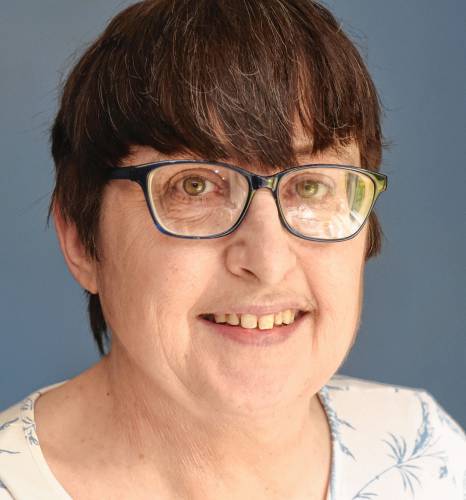
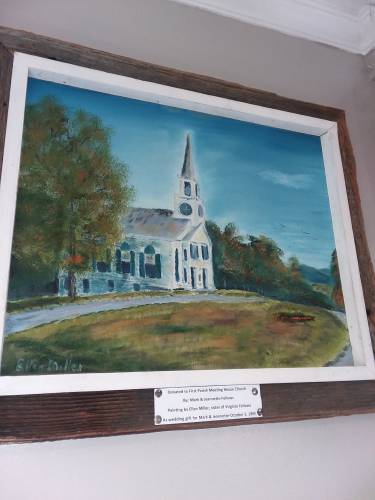
 Sportsman’s Corner: The quest for the Super Slam
Sportsman’s Corner: The quest for the Super Slam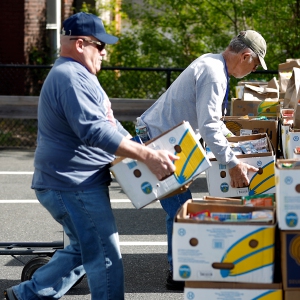 Annual ‘Food-A-Thon’ returns
Annual ‘Food-A-Thon’ returns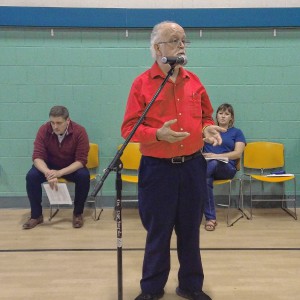 Erving Town Meeting voters back Care Drive housing project
Erving Town Meeting voters back Care Drive housing project North Quabbin Notes, May 9
North Quabbin Notes, May 9